Agayu (Aggayu Sola): The Orisha of the Volcano in Santeria
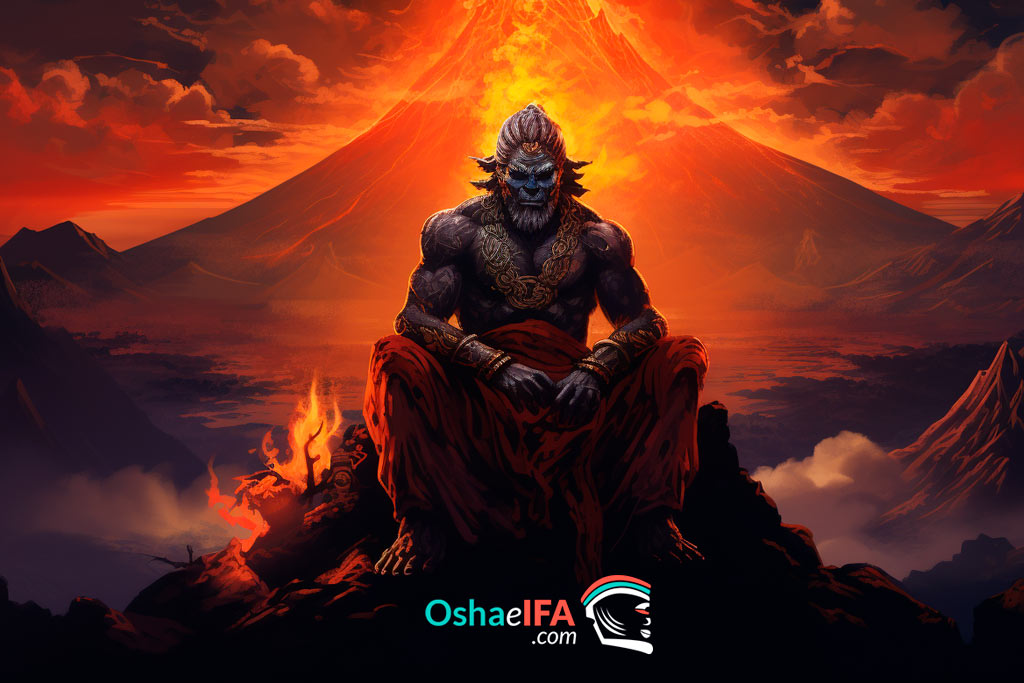
Agayú is the Orisha of the volcano, controller of fire, magma, earth and deserts. This powerful divine being carries children and their devotees on his shoulders, guiding them with long strides through adversity. Aggayú Sola is the blessed staff, the personification of strength and power. He represents brute force and the power of fire, manifested in the sun's rays, the scorching desert, and the ability to glimpse into the distance and observe the entire expanse of the earth.
The volcano embodies its strength, with its lava emerging from the center of the earth, generating a constant movement that makes the world go round. This lava devastates and destroys, but it also transforms and prepares the ground for new events of rebirth and sustaining life.
This deity embodies the duality of existence, being both life and destruction. However, it is essential to understand this duality from a mystical perspective that connects with its essence in nature.
Who is Agayu Sola?
Agayú Solá is considered a major Orisha. Its name can be translated as: everything that your eyes can see, good or bad. Although there is another interpretation from the Yorùbá term "Aginjù Solá" which translates as: Aginjù = desert / So = voice / Àlá = cover, which would be literally interpreted as: He who covers the desert with his voice.
This Orisha represents everything that comes out and is seen, just as the fleeting comet and the volcano do. It is said that he is the son of Oroiña (the voice of the volcano and bowels of the earth) and Olofin. He is the Orisha of the dry land, of the deserts, and of the raging rivers.
His cult comes from the lands of Aará and Fon. Patron of the City of Havana, Cuba. Its symbols are: the volcano and the sun. It is considered as the force that avoids the embarrassment of the iworos (santeros).
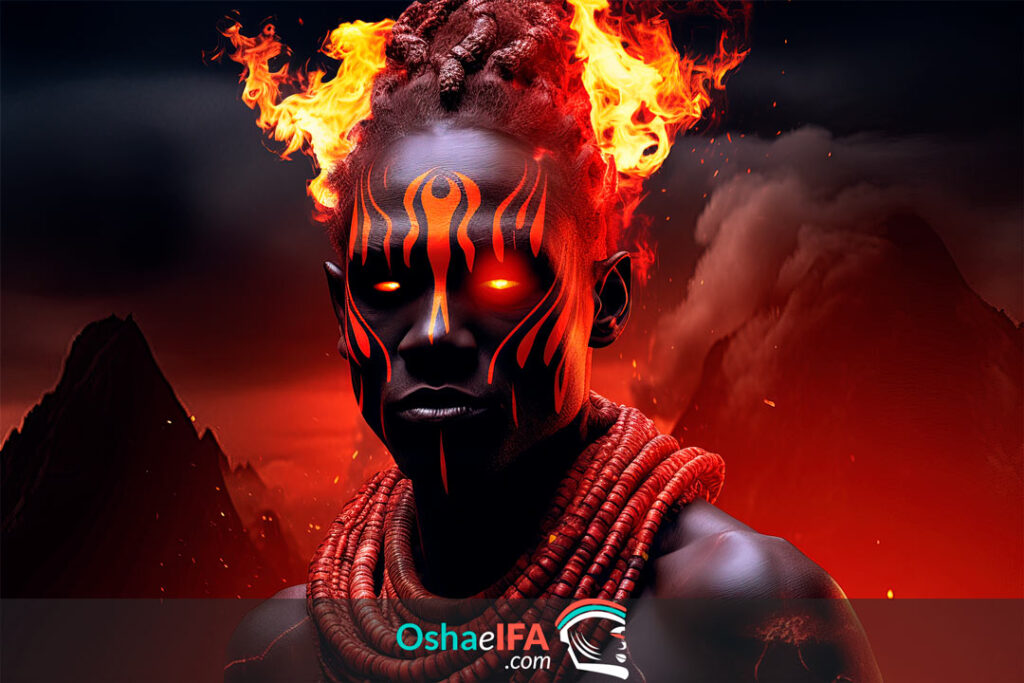
Its energy is such that it also owns the earthly forces, the power of the rivers that divide the territories, the lava that burns and invades the earth's crust, as well as earthquakes, even the impulse that makes the earth rotate eternally.
In the depths of the mystery, Agayú stands as an Orisha who chooses loneliness as his ally, because that is his essence. However, his work extends to all corners of the universe, manifesting itself through the scorching heat emanating from the sun. His rays, which caress the fields, strengthen the growth of the crops, but can also be a fiery revenge that consumes and punishes those who have committed wrongdoing. Similarly, Aggayú Sola resembles an erupting volcano, whose lava flows, sculpting new landscapes on the slopes and fields, creating unique topographical forms.
In addition to his individual work, Agayú also collaborates in harmony with other Orishas. It is said that it is the staff of the Osha, the firm and constant support of Obatalá, his backbone in the spiritual world. But he is also a protector of the children, carrying them on his shoulder and guiding them through long roads and mysterious rivers, offering his protection and guidance every step of the way.
In the cosmic dance of life, Aganju reveals himself as an imposing and enigmatic being, woven with threads of solitude and collaboration, fire and lava, strength and tenderness. His essence transcends the limits of human understanding, inviting us to immerse ourselves in his mysticism and discover the magic that lies in his being.
It is the sacred Staff, it is received as a staff and reinforcement for health. Take care of vehicle loaders and drivers (chauffeurs). It manifests itself in the body through blood pressure and high temperatures.
It is said that he takes refuge in the palm, especially when he is in a difficult situation.
Twisted lightning that intimidates and melts furious. The mountain that is an Orisha (bis).
The mountain that is an Orisha, Agayú spreads good health.
Aganyú returns to the side and disappears lost, he turns and disappears lost. Agayú makes wealth, he greeted as king.
Whoever heats the food, acting exclusively greet you.
Aggayu and Shango
Agayú is part of the lineage of Shangó, who was the third alaafin (King) of Oyo. They are considered to be twin brothers, but due to fear of being seen as an anomaly, they were separated at birth, as Yoruba society at the time viewed this as a negative omen. It is said that Aggayu Sola was sent to live with a great-uncle, while Shangó remained in Oyo and eventually assumed leadership as alaafin (King), deposing his older brother Ajaka, who did not have the capabilities to rule firmly.
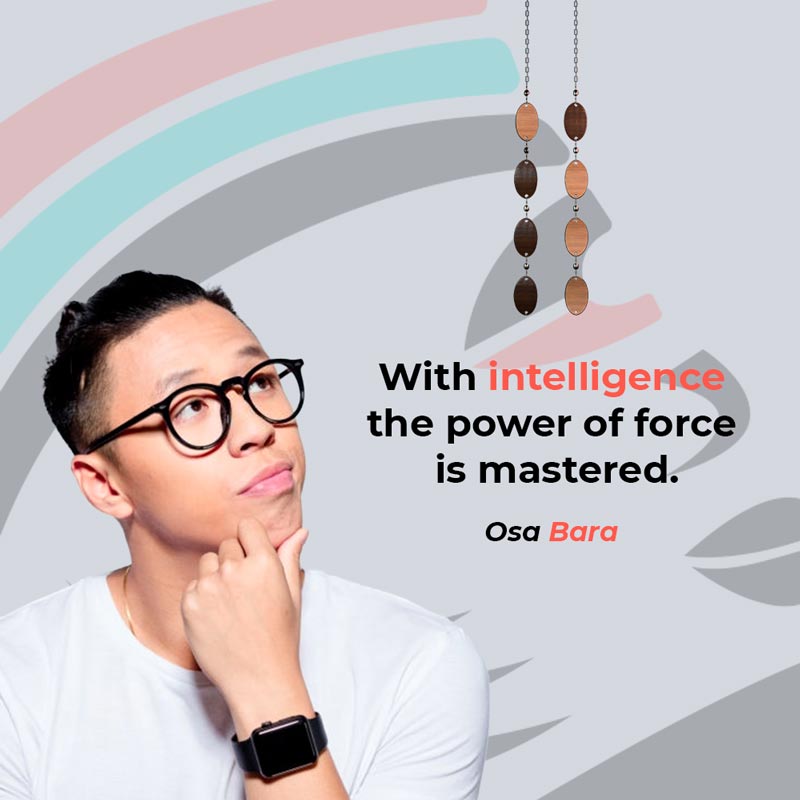
When Shango died, Oya was in charge of spreading a rumor that the king had not died (Shango oba ko so) and his followers, searched for Agayú, who, being his twin, shared many characteristics and physical resemblance to the deceased king. Thus he became the fifth wingfin of Oyo.
From that moment on, the cult of Shango began to take root, and Agayú was considered the incarnation of Shango who had returned from the dead to continue reigning.
Everything fit perfectly, since Aganju had acquired knowledge about the handling of gunpowder in the city of Tapá, where he lived with his great-uncle. This aspect, together with his admiration on the part of the people, led him to be considered a volcano in himself, lord of explosions and fire, like his twin Changó, who was also recognized for his explosions and fire, in addition to his investiture as the Yakuta (Jakuta) divinity.
In this story steeped in mysticism, family ties, the transcendence of life after death, and divine continuity intertwine in a sacred dance. Aggayú and Shangó, brothers united by blood and destiny, continue to reign in the hearts and adoration of those who recognize their power and greatness in the spiritual world.
You can read: All about the Orisha Shango (God of Lightning and Fire)
Characteristics of the Orisha Agayu
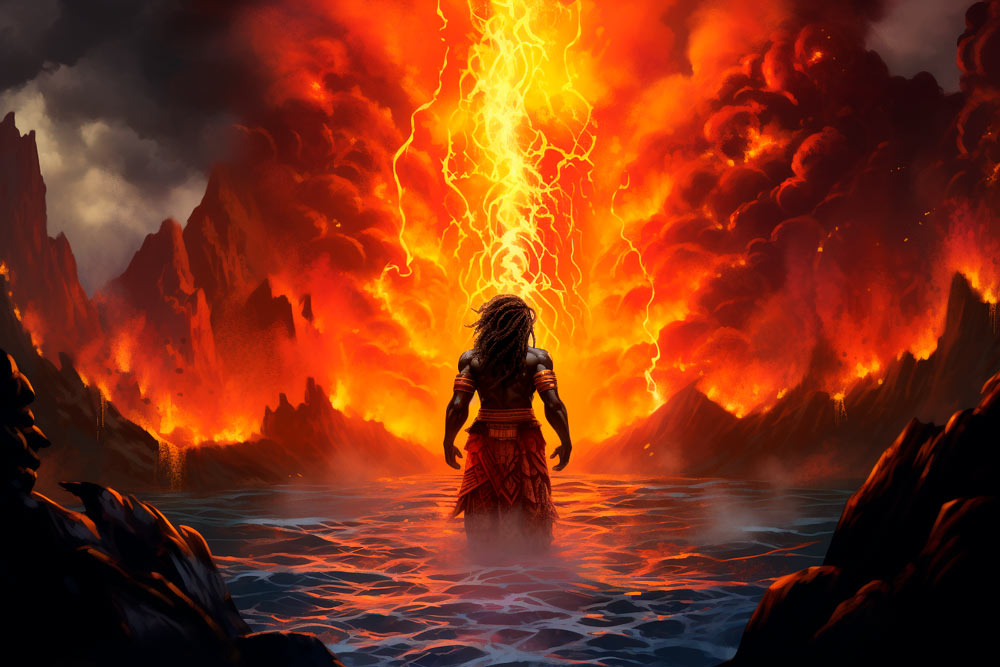
Among his characteristics stands out a conflictive and angry temperament. Represents politics, high places, mountains, peaks, remote and inaccessible places, land, fights, obstacles and setbacks, reversals of luck, bad fortune, outstanding careers, decadence, the night , time, old age, deformations, winter, cold, mines, social duty, and professional aspirations.
Attributes and Tools

Its receptacle is a wooden or clay basin, decorated with nine colors. Among your tools carries: an arrow, a cayao and a trident. If it is the guardian angel of the initiate, nine pieces are placed among which stand out: an arrow, a crook, a trident, a bow and arrow, a comet star with its tail, a hatchet, a spear, an ax and a key, which accompany its note or foundation.
The Aggayú costume
This suit is made with dark red or wine pants and jackets. Handkerchiefs or strips of various colors hang from his waist. A turban is placed on his head and a bamboo staff with 9-color ribbons.
Agayu's number is 9 and its multiples. His days are Wednesday and the 16th of each month, his allegorical celebration inherited from syncretism is usually commemorated on July 25.
Aggayu Colors
Its basic color is brown, accompanied by 9 colors (except for black). Their necklaces are cocoa, matipó, and pearl, with interspersed turquoise blue, red, yellow, and green beads. This may vary depending on the branch of the saint's house that delivers it.
Agayu dance
The dance in honor of this Orisha is performed by taking long steps and raising the feet very high, as if trying to cross obstacles. Also, during her dance she carries the children on her shoulders and moves with great strength and energy.
History of Agayú and the pact with Shango and Oshun
Shango quietly toured all the towns on earth, but he could never get close to a land that thundered and trembled and was always covered by incandescent gases. For this reason he went to Orunmila's house, who made divination for him seeing this Odun, and consequently he made the corresponding sacrifices. The ebó had to be taken to the bank of a river, which, Shango fully complied with.
Upon reaching the river, he met Eshu, who told him that when the river passed there was a town, but there the people had no fixed sense of what they were doing because they were very distracted, in addition, the king of that place spoke to his subjects from afar and was never seen.
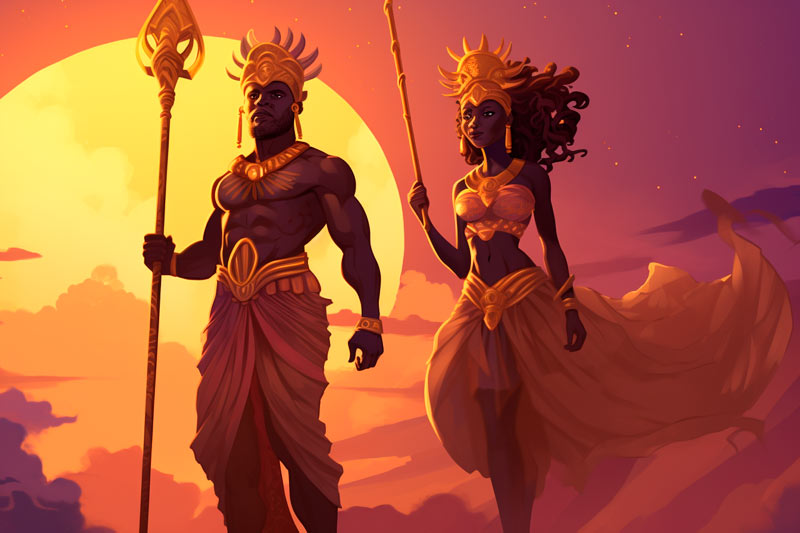
Shango, intrigued, asked Eshu: How was it possible for a people to have a king they don't know? Eshu told him that the king went to the riverbank in the afternoons to cool off and that Oshun was waiting for him because she was the only one on that land who had contact with him.
After hours, Shango reached that river, being there he heard a very loud noise and saw a woman running on the opposite bank of the river. Immediately he saw a very tall and strong man arrive, who submerged himself in the waters removing the smoke that was above him, when he came to the surface, that woman began to pour water on his head with the intention of continuing to refresh him. Shango caught the attention of those strangers, for which they asked him, what did he want? Answering that he only wanted to cross the river.
Agayu tore off a palm and used it as a cane, crossing Shango to the other shore on her shoulders. Once there, they introduced themselves and Shango stated that he wanted to know his town, and his request was accepted.
Upon reaching the town, he observed that people were walking without control and Agayu did not approach any of them. Determined to find an answer to such a situation, Shango found Agayu's house who was greatly surprised to see him enter without any problem walking on the lava without burning, asking him how was it possible that he did that? Shango told him: "I am the only son of Iyamase and now I want to fix his town, because I have seen that his sons cannot speak directly to you and when they approach you they even transform."
Realizing the seriousness of the situation, Agayu decided to make a pact with Shango, including Oshun in that negotiation for the attentions he had always had with him, granting him the same right to settle the heads of the children as long as they knew that Agayu was their father.
To seal that pact, Agayu served Shango two roosters, one guinea, and painted a red line, one white, and one red on Shango's head under Shango's crown. Shango in turn, Agayu served him a guinea, two quails, ekó, olele, ekrú aro. In addition, so that everyone would know the pact between them when the volcano erupts, first the candle that is Shango comes out and then the lava that is Agayu.
Pataki de Agayu Sola (The war between Aggayu and Obatala)
Agayú was in conflict with Obatalá because he wanted to prevent Olofin from granting the latter power over all heads. The condition imposed by God was to find a valuable ashé, which consisted of some eyele (doves) that nested on the roofs of certain houses.
Obatalá decided to seek Yemayá's help to catch the eyele. Surprised, Yemaya asked him: "Why do you need my help?" Obatalá replied: "Agayú has filled the path with snakes." Yemayá replied that she could not help him, but she suggested that he look for Orúnmila, who could solve her problem.
Obatalá said goodbye to Yemayá and went to Orúnmila's house. Once informed of the problem, Orula told him to look for Shango, who would help him get on the roof and catch the eyele.
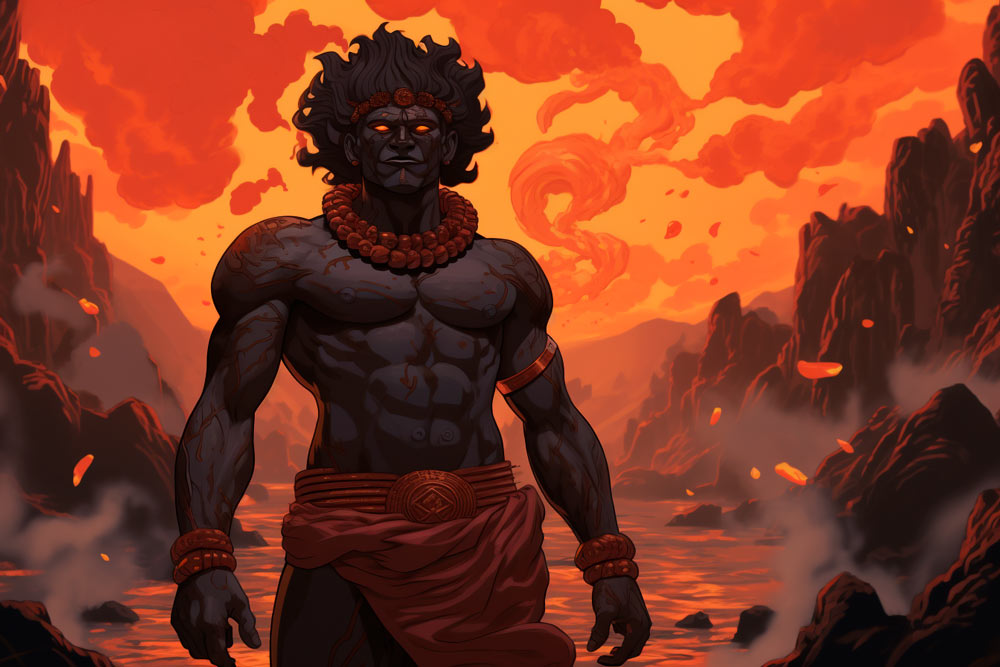
When Obatalá found Shango, he explained that he came from Orunmila and needed him to catch the eyele on the roof. Shangó accepted and headed towards the house indicated by Obatalá, but could not move forward due to the snakes that blocked the path. He climbed a tree and saw Agayú climbing another nearby tree. Going down, Chango approached Baba and said: «I cannot catch the eyele because they are watched. It will be better that you look for Elegua, he will help you ». So Orishanla said goodbye to Shango and went in search of Elegba.
When he found Eleggua, he asked her: "Could you help me catch the eyele on the roof?" He kindly replied: "With pleasure." After understanding the situation in detail, he prepared a sack full of food and spread it along the road to scare away the snakes. In this way, Obatalá was able to advance without being disturbed, and Elegba sang: "Eshu Barago Ago Moyubara."
Finally, he managed to approach the place where Aganjú was hiding in a bush and told him: "I heard that you want to set a trap for Obatala and I am here to support you." Agayú asked what kind of help he offered, and Elebara replied: "I can block the paths of Obatalá." Agayú descended from the bush and accepted the help, becoming partners. Elegba took out a bottle of liquor and invited him to drink to celebrate his alliance. They both drank until Agayú was completely drunk, and Elegba left him there. Then, he ran towards the house where the eyeles were on the roof, but he couldn't climb it.
At that moment, he heard Shango approaching and singing. Elegba yelled at Shango and he approached the house. Shangó asked what was happening, and he explained that he could not go up to the roof to catch the eyeles that Obatalá needed. Shango easily scaled the wall and caught the eyele. Meanwhile, Baba was coming up the road, and the three of them went before Olofin.
When Olofin saw Obatalá with his eyes, he told him: "Obatalá, I make you the owner of all the heads." Later, he addressed Elegba and granted him the power to open the roads.
This story teaches us the importance of collaboration and the search for creative solutions in times of difficulty. Although Aggayú and Obatalá were initially in conflict, both managed to overcome their problems by joining forces with other Orishas.
How are the children of Aggayu Sola?
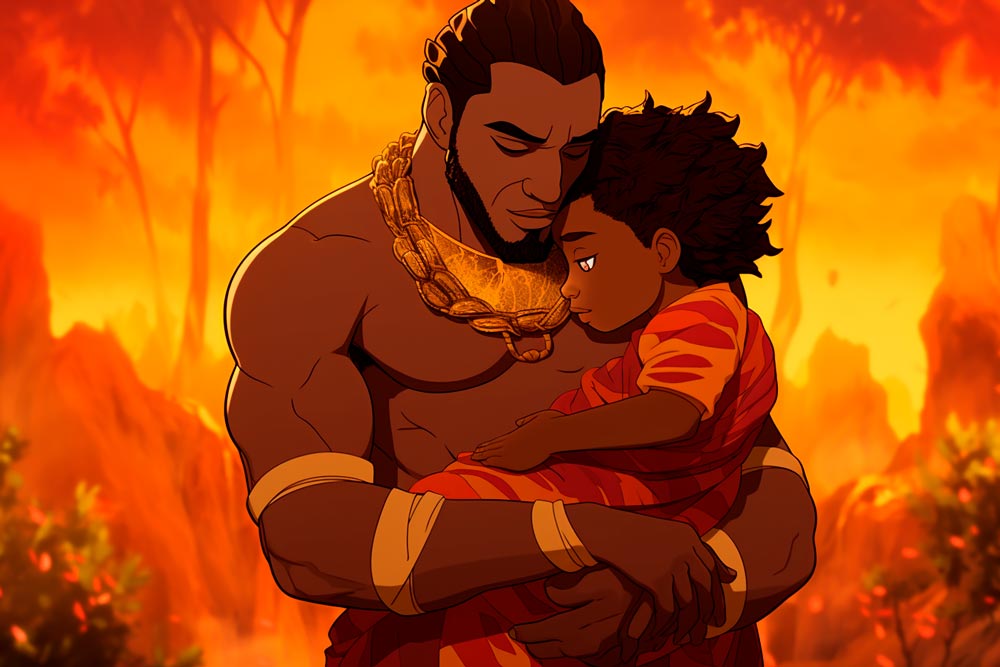
The children of Agayú tend to be very aspiring to occupy great positions and positions, sometimes they can become ambitious. At their best they can be determined, cautious, restrained, persevering, discreet, and focused. When they are badly aspected, they can develop traits in which they stand out as liars, delusions, pessimistic, fatalistic, depressive, repressed, stunned, moody, spiteful, cold and distant, inattentive, selfish, immature, with exaggerated importance to social success but without taking care of obtaining success in the right way, and quite dominant.
Saint names for children of Aggayu
- Sholá Nike: Aggayú's spoiled son.
- Addenican: the crown of fire.
- Oba Tola: the castle of King Agayu.
- Ocan Nike Yola: The glow of the heart of the volcano.
- Adde Yola: the crown of the volcano.
- Adde Sholá: the crown of Agayú.
- Inu Yola: the voice of the volcano.
- Oba Ican Yola: the king of the volcano and the candle.
- Sholá funke: Aggayu's staff.
How is Agayu consecrated or received in Santeria?
To begin with, the most recommendable thing is that all children of Aggayu Sola receive the foundations of the Oroiña and Aina Orishas before their consecration, or at least do so as soon as possible after their consecration.
The consecration of the children of this Deity is very controversial. Some argue that it is very difficult to do it directly, since their previous ceremonies are of great complexity and their secrets have been lost through time, however, some houses of saint claim to have the knowledge to perform such a consecration. Other branches, especially those coming from Havana practices, usually crown Shango or Oshun with Orun for Aggayu, maintaining the respective care in the diversity of previous ceremonies corresponding to this consecration.
How to attend the Orisha Agayu? Adimu and Offerings

In Santeria, Agayú can be entertained by offering him nine biscuits smeared with corojo oil on one side and cocoa butter on the other. Red wine, aubergines, roasted corn rods, yam balls, banana balls, fufu, yellow painted rice with meat and birdseed, torrejas with corojo oil and honey, stewed beef with okra, spinach, stewed beef with vegetables, crackers, purple avocados, baby corn with shrimp (like a tamale), seedless okra, and bishop's salad. Sliced tree tomato, and all the fruits and vegetables that emerge from the interior of the earth.
The animals that are immolated are: bull, goat, rooster, dove, quail and guinea.
What is asked of Aggayu Sola?
Being the patron of the interior of the earth, and of the currents of the rivers, he is asked for our salvation when we are exposed to adverse weather conditions and subjected to the uncontrollable force of nature (earthquakes, tidal waves, among others).
It is also appropriate to ask him in cases where our reputation is at stake, since it is the Orisha who frees us from embarrassment. Its strength is considerable so it is usually the appropriate deity to sustain us in difficult situations to solve, not for nothing is it considered the staff of Osha.
Being the patron of walkers, porters, motorists, drivers, and airmen, it is asked that when walking on the roads everything goes correctly, and to optimally reach our destination during long transfers.
Who is Agayu in the Catholic religion? (Syncretism)
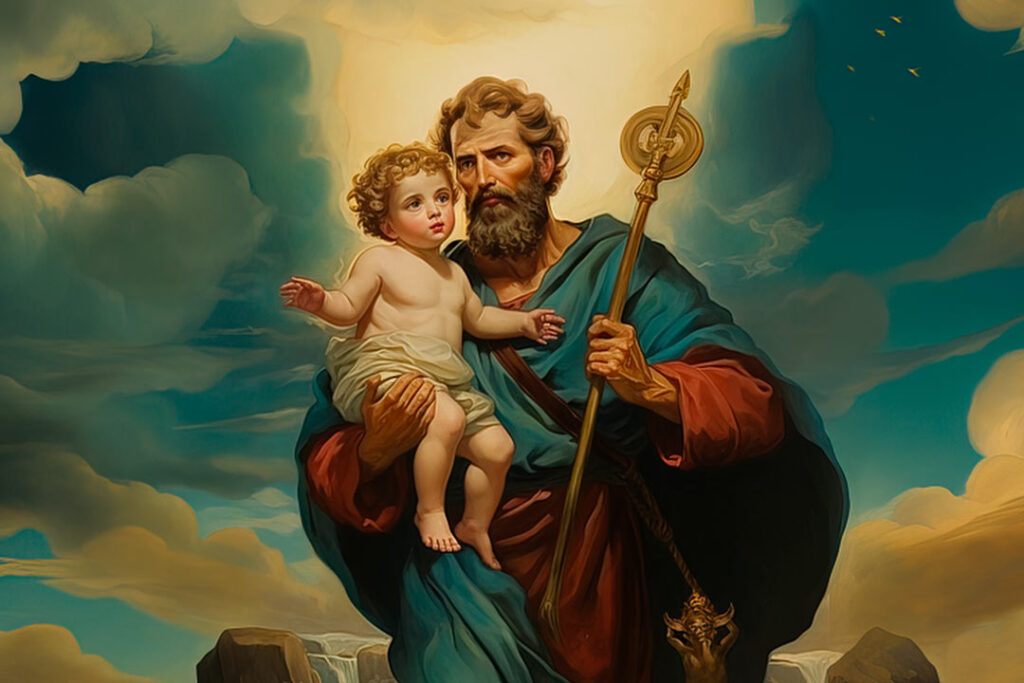
Aggayu in the Catholic religion is syncretized with Saint Christopher. This spirituality represents a martyr who was assassinated during the reign of the Roman Emperor Decius. His legend is very controversial, some even say that it may come from ancient Greek mythology, relating it to the boat of Charon.
Finally, Cristóbal is said to have carried an unknown child on his shoulders helping him to cross a river. After his disinterested action that child revealed to him that he was Christ.
Another story that is related to Saint Christopher is the martyrdom of Saint Menas. In fact, researchers have come to identify both saints as the same person. Finally, the name of Cristóbal has as meaning: "bearer of Christ", in the same way, that title was granted to Menas.
In any case, the way in which this character is depicted is very interesting, since they usually represent him carrying a child on his shoulders in the middle of a turbulent river clinging to a royal palm, elements that perfectly describe the symbology of Aggayu Sola, so it is very easy to understand the reason why practitioners of Afro-descendant cultures when they arrived in Cuba syncretized him with this spirituality.
Agayú Prayer in Yoruba
Aganjù s'olà kíní 'ba kíní' ba s'óògùn. A yà ròrò kíní `ba 'ko e gbé mi ni yo.
etala bò júbà gàbàgbà to júbà.
Iba Aganju, etala bò júbà gàbàgbà to júbà. I was going eleku,
etala bò júbà gàbàgbà to júbà. Ba kini 'ba s'óògun, etala bò júbà gàbàgbà to júbà. TOse.
Traducción
The Spirit of fire from the center of the earth creates the first boss, the first boss to produce medicine, wealth. We turn to look calmly at the first head of the farm, you lead me to satisfaction.
Thirteen times we turned to greet him, we salute him boldly.
Praise the spirit of fire, thirteen times I salute you. Respect for the owner of the cave.
I salute him thirteen times. The first chief who practiced medicine, I salute him thirteen times, save us. Asé.
Song of Agayu Sola
Akuon: Omobantele Omobantele Omobantele Omabantele. Eniogodo Bobbo Onichango Omo Bantele Okoko.
Chorus: Omobantele Omobantele Omobantele Omobantele. Eniogodo Bobbo Onichango Omo Bantele Okoko.
Akuon: Omobantele Omobantele Omobantele Omobante. Eniogodo Bobbo Onichango Omobantele Okoko.
Chorus: Omobantele Omobanteie Omobantele Omobantele. Enigodo Bobbo Onichango Omobantele Okoko.
Akuon: Teremina Iyode Teremina Iyode.
Chorus: Teremina Iyode Teremina Iyode.
Akuon: Teremina Iyode Teremina Iyode.
Chorus: Teremina Iyode Teremina Iyode.
Akuon: Teremina Iyode Teremina Iyode.
Chorus: Teremina Iyode Teremina Iyode.
Akuon: Teremina Tereminantere Agayu Terereo.
Chorus: Teremina Tereminantere.
Akuon: Agayu Terreo.
Chorus: Teremina Tereminantere.
Akuon: Agayu Terreo.
Chorus: Teremina Tereminantere.
Akuon: Agayu Terreo.
Chorus: Teremina Tereminantere.
Akuon: Agayu Terreo.
Chorus: Teremina Tereminantere.
Works with Agayu Sola
Work with Agayu for love:
Aggayú is given a chicken. Then the heart and tongue are removed. These elements are chalked with red thread adding the name of the person to be attracted, their traces, 1 damselfly and 1 mate. Agayú is given knowledge of why this work is done and what it is desired to obtain. It is sprinkled with brandy and hung on a candle.
Work with Aggayu Sola to defeat the enemy:
9 dried herbs of Aggayú, leri powder (head) of quail, chicken, rooster, honey, fresh water. Everything is mixed, a fine powder is made that is put to watch with two candles at the foot of the Orisha, realizing that it is going to be used to defeat the enemy. Then it is blown on the enemy, at his door, corner or place where he lives.
Agayu phrases
Agayu says: "A son of Agayú will always have the strength to fight and the desire to succeed."
Aggayu says: "As long as I am with you there will be no one who will embarrass you and come out unscathed from his offense."


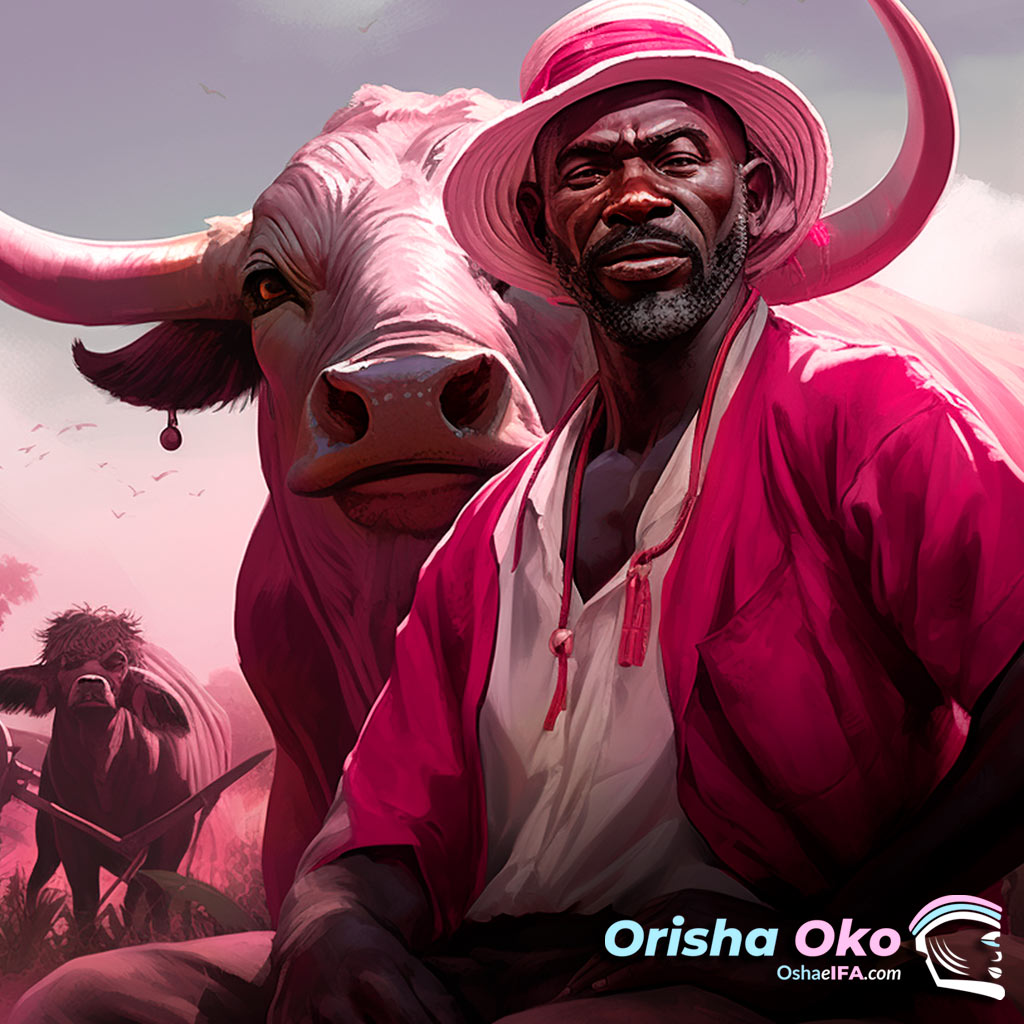
I am the son of Aggayu and I have been living for 15 years and I want to add a path in Aggayu that does not appear here.
Obba irawo: means the king of the stars
I am Aggayu's daughter...I adore him and I am satisfied because I was chosen as his daughter...blessings